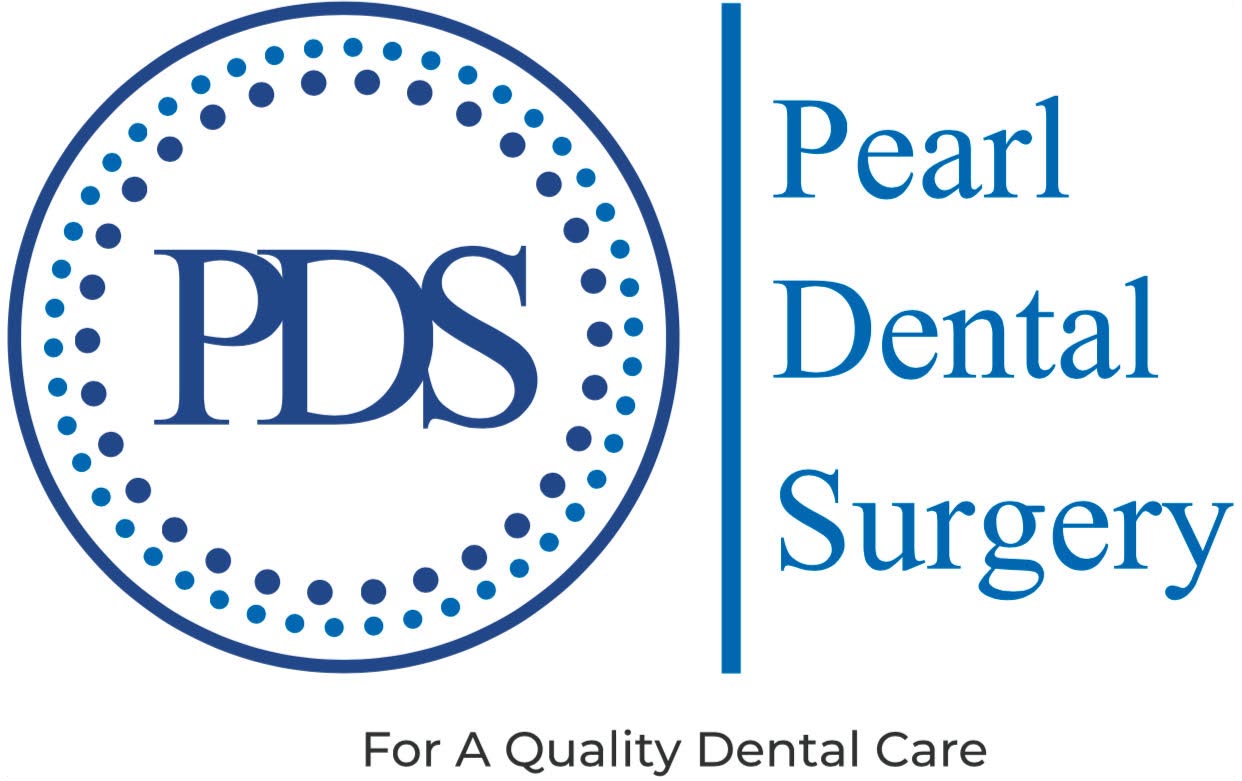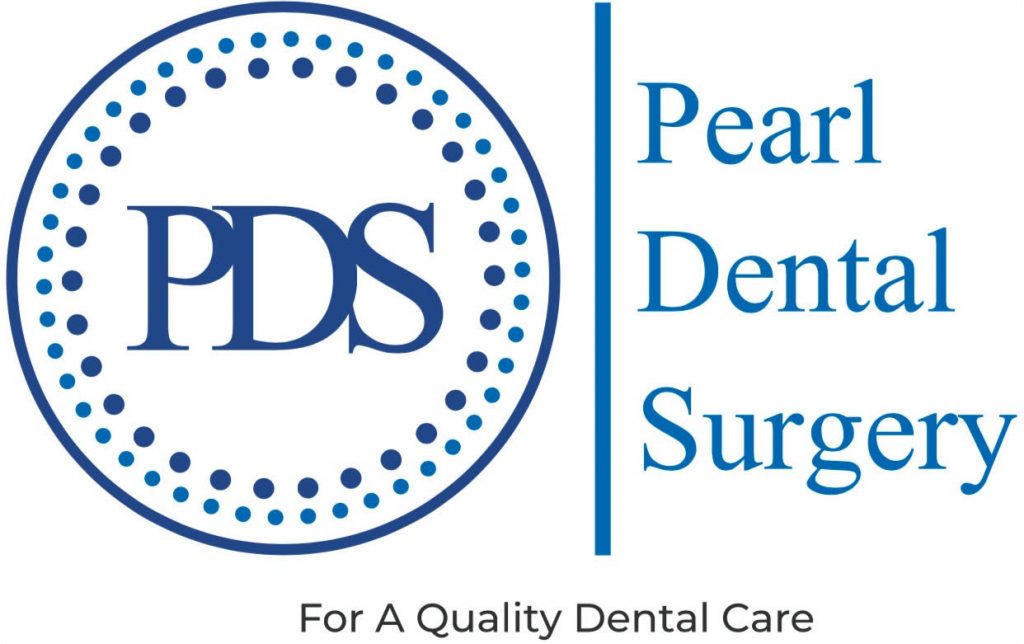Multiple Implants
If you are missing several teeth, implant-supported bridges or dentures can replace them.
What are the advantages of implant-supported bridges over fixed bridges or removable partial dentures?
Dental implants provide several advantages over other teeth replacement options. In addition to looking and functioning like natural teeth, implant-supported bridges replace teeth without support from adjacent natural teeth.
In addition, because implant-supported bridges will replace some of your tooth roots, your bone is better preserved. With a fixed bridge or removable partial denture, the bone that previously surrounded the tooth root may begin to resorb (deteriorate). Dental implants integrate with your jawbone, helping to keep the bone healthy and intact. Other common treatments for the loss of several teeth, such as fixed bridges or removable partial dentures, are dependent on support from adjacent teeth.
In the long term, implants are esthetic, functional and comfortable. Gums and bone can recede around a fixed bridge or removable partial denture, leaving a visible defect. Resorbed bone beneath bridges or removable partial dentures can lead to a collapsed, unattractive smile. The cement holding bridges in place can wash out, allowing bacteria to decay teeth that anchor the bridge. In addition, removable partial dentures can move around in the mouth and reduce your ability to eat certain foods
Although dentures are more economical and do require less treatment time, patients can find them difficult to wear. They can also feel bulky or uncomfortable and can limit the foods you are able to eat. A denture can also make you feel very self-conscious, especially if dentures are not a particularly good fit. Because the bone in your jaw gradually shrinks away in volume from areas where teeth are missing, it means you can also be left with an aging, “sucked-in” appearance around your mouth and jaw.
An implant-supported bridge to replace missing teeth looks and feels more realistic and does not have adverse effects on neighboring teeth. It also helps to maintain your jaw bone and facial contours. The disadvantages are that treatment involves a small amount of surgery and can take a few months to complete. Although teeth replacement cost is high initially however it is more cost-effective in the long-term.
An implant-supported bridge can improve confidence and appearance. They allow people who have missing teeth to be able to smile, speak, and chew well and comfortably. Teeth replacement with implants can restore the natural smile creating increased reassurance and spontaneity of expression.
How will the implants be placed?
First, implants, which look like screws or cylinders, are placed into your jaw. Over the next two to six months, the implants and the bone are allowed to bond together to form anchors. During this time, a temporary teeth replacement option can be worn over the implant sites.
Often, a second step of the procedure is necessary to uncover the implants and attach extensions. These temporary healing caps complete the foundation on which your new teeth will be placed. Your gums will be allowed to heal for a couple of weeks following this procedure.
There are some implant systems (one-stage) that do not require this second step. These systems use an implant which already has the extension piece attached. Your periodontist will advise you on which system is best for you.
Finally, replacement teeth, or bridges, will be created for you by your dentist and attached to small metal posts, called abutments. After a short time, you will experience restored confidence in your smile and your ability to chew and speak.
Every case is different, and some of these steps can be combined when conditions permit. Your dental professional will work with you to determine the best treatment plan.







